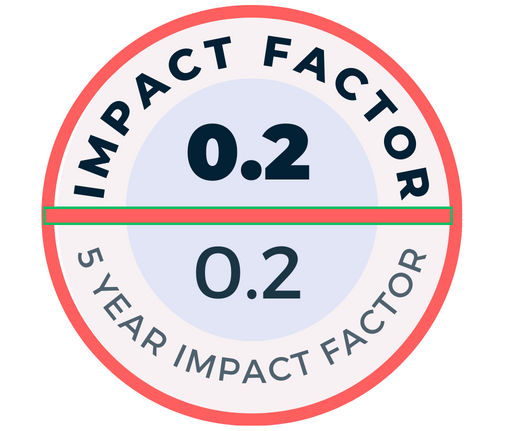There is no consensus on the selection of peritoneal dialysis catheter implantation techniques, and whether to choose surgery or the percutaneous method, because of the advantages and disadvantages of both techniques. We aimed to retrospectively evaluate the early complications of catheter implantation both with the Seldinger and surgical techniques to compare the two techniques for catheter-related complications of peritoneal dialysis.
MATERIAL and METHOD: Two hundred twenty-six peritoneal catheters implanted to 209 end stage renal disease patients (110 F, mean age 42.5±15.9 years), were evaluated. One hundred eighty-one (80%) of the 226 catheters were implanted percutaneously by the same nephrologist using the Seldinger method and 45 (20%) catheters were implanted surgically. Patients were evaluated according to early (during the first month after implantation) complications.
RESULTS: Early complications were observed in 78 (35.8%) (55 Seldinger method) of 226 PD catheter implantation procedures. Early complications were less frequent with Seldinger method (p:0.015). Rates with the Seldinger method were as follows: Exit site leakage 3.4%, exit site infection 2.3%, exit site bleeding 8%, malposition 6.8%, poor drainage 3.4% and peritonitis 6.8%.. The rates for the surgical methods were as follows: exit site leakage 8.9%, exit site infection 8.9%, malposition %20, poor drainage %24.4 and peritonitis %6.7. Exit site infection, malposition and poor drainage were significantly higher in the surgical method (p:0.036, 0.008, 0.001 respectively). Although exit site leakage was not statistically significant in both methods (p:0.119), exit site bleeding was significantly increased in the Seldinger method (p:0.049).
CONCLUSION: According to the results of this study, the Seldinger method should be tried first for peritoneal catheter implantation, and surgical technique be reserved only for unsuccessful Seldinger procedures .

.png)




.png)